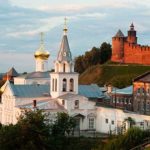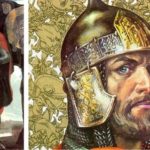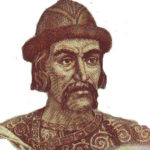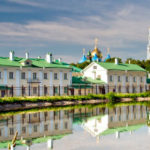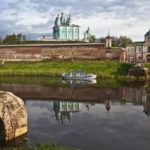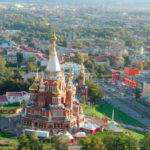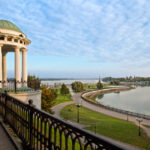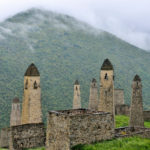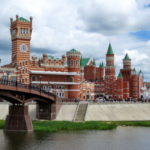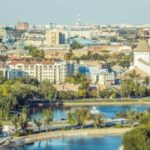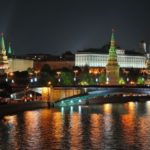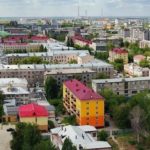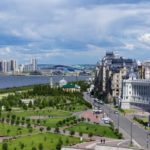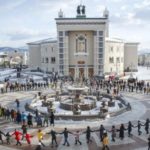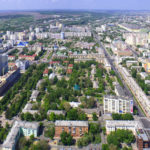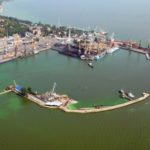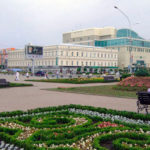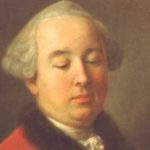Interesting facts about Great Novgorod
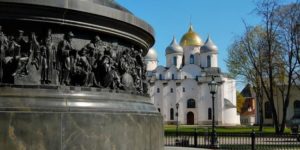 Great Novgorod is therefore called Great, because it had a great influence on the historical development of Russia as a state. Nowadays, much smaller and more modest than Moscow or St. Petersburg, but in part precisely because of this city, Russia has reached the heights that we all can observe.
Great Novgorod is therefore called Great, because it had a great influence on the historical development of Russia as a state. Nowadays, much smaller and more modest than Moscow or St. Petersburg, but in part precisely because of this city, Russia has reached the heights that we all can observe.
Great Novgorod is one of the oldest and most famous cities in Russia, which was founded almost 1160 years ago.
For three centuries Novgorod was an independent republic on the territory of feudal Russia, and it became the first political entity of its kind.
Novgorod was the only Russian city that avoided fragmentation and decline in the 11th and 12th centuries. The Mongol-Tatar invaders did not reach here, thanks to which the city has preserved ancient monuments of architecture.
Throughout its history, the city was divided into two parts by the waters of the Volkhov River – the Trade and Sofia sides of Novgorod in the past vied with each other, and clashes on the bridge over the river occurred periodically between their inhabitants.
In the sagas of the Scandinavians, Novgorod was called Holmgard, that is, the city going under water during the floods.
In Novgorod, the action takes place the famous tales of Sadko.
At the beginning of the 13th century in Novgorod, after a long period of famine, a terrible fire occurred – exhausted and frightened people rushed into the river to escape, but most of them went to the bottom. The fire destroyed not only urban buildings, but also food stocks. Novgorodians were rescued by German merchants who brought bread to the city and breathed new life into it.
The fascist occupation caused Novgorod more damage than all previous disasters – it amounted to about 11 billion rubles. All wooden buildings burned down in the city, many historical monuments and museum exhibits were lost. The Germans took with them even the cross of St. Sophia Cathedral, and it was only recently possible to return this relic.
